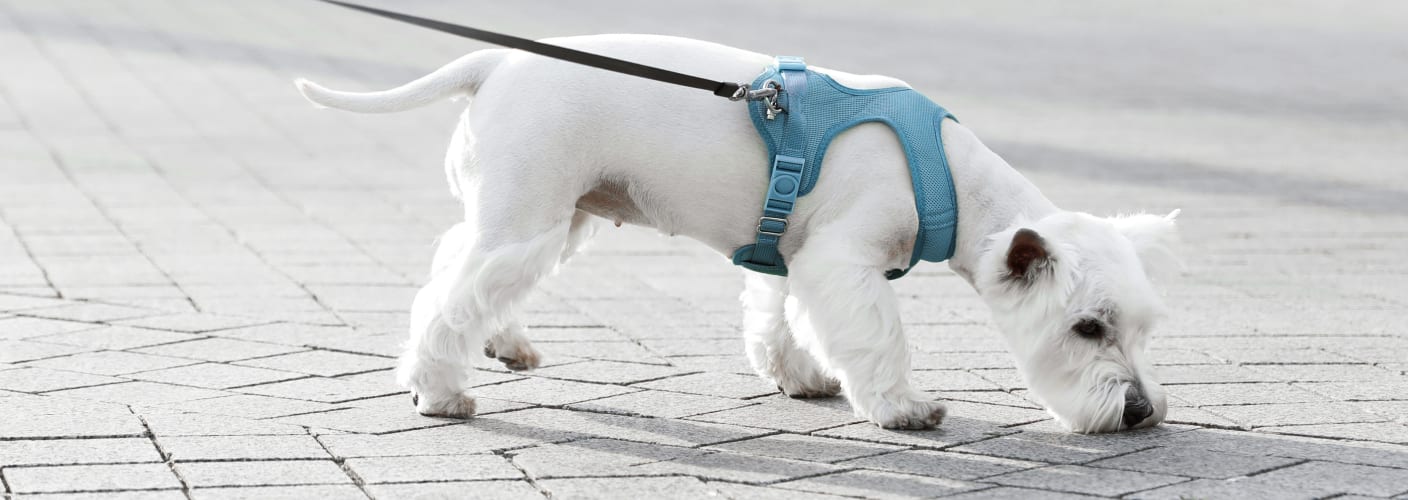
Pet Dental Extractions are sometimes necessary to stop pain and allow your animal companion's mouth to heal. Today our Erin vets give the low down on cat and dog tooth removal.
What is a pet dental extraction?
A cat or dog tooth extraction is when all or part of a pet's tooth is surgically removed by a veterinarian. Extractions can go as deep as the roots or might stop at removing the dental crown (the part of the tooth which is visible above the gums)
The Necessity of Removing Cat & Dog Teeth
When a tooth is damaged beyond repair, it is important to remove it in order to prevent infection and pain caused by the dead tooth. Dog and cat tooth extractions are often required for the animal to live pain-free and achieve optimal oral health.
What to Expect After Tooth Extraction: Dogs & Cats
Teeth all are held into our mouths by roots - in dogs and cats as many as three roots can be holding an individual tooth. To properly fully extract a tooth, all roots must be removed.
During your dog or cat's dental surgery they will be under the effects of anesthesia. Our veterinarians practice stringent surgical protocols when operating on our patients.
In order to check the health of your dog or cat’s roots, the vet might have to take an x-ray or perform a CT scan. Large teeth, that is those with multiple roots, are split using a high-speed dental drill so that each fragment of the tooth has only one root attached to it. Smaller teeth that have one root can be completely removed without this extra step.
Potential Cat & Dog Tooth Extraction Complications
Complications from veterinary tooth extractions are rare. Those complications which do occur usually belong to a handful of categories; the remnants of removed teeth, dental cavities which have not fully healed, and damage to the jaw bone are all potential areas of complication that can arise during a cat or dog tooth extraction.
Recovery After a Pet Tooth Extraction
Recovery is relatively quick following the procedure. You should be able to bring your pet home on the same day as the procedure. There may be trace amounts of blood in their saliva, but no significant bleeding. If there is, contact a vet immediately. Our Erin vets advise avoiding hard food for a while their new oral cavities heal. If your pet eats primarily hard kibble, you can soften it in water before serving; for similar reasons, it is advisable that you withhold from playing tug-of-war until your dog is fully recovered.
Note: The advice provided in this post is intended for informational purposes and does not constitute medical advice regarding pets. For an accurate diagnosis of your pet's condition, please make an appointment with your vet.

